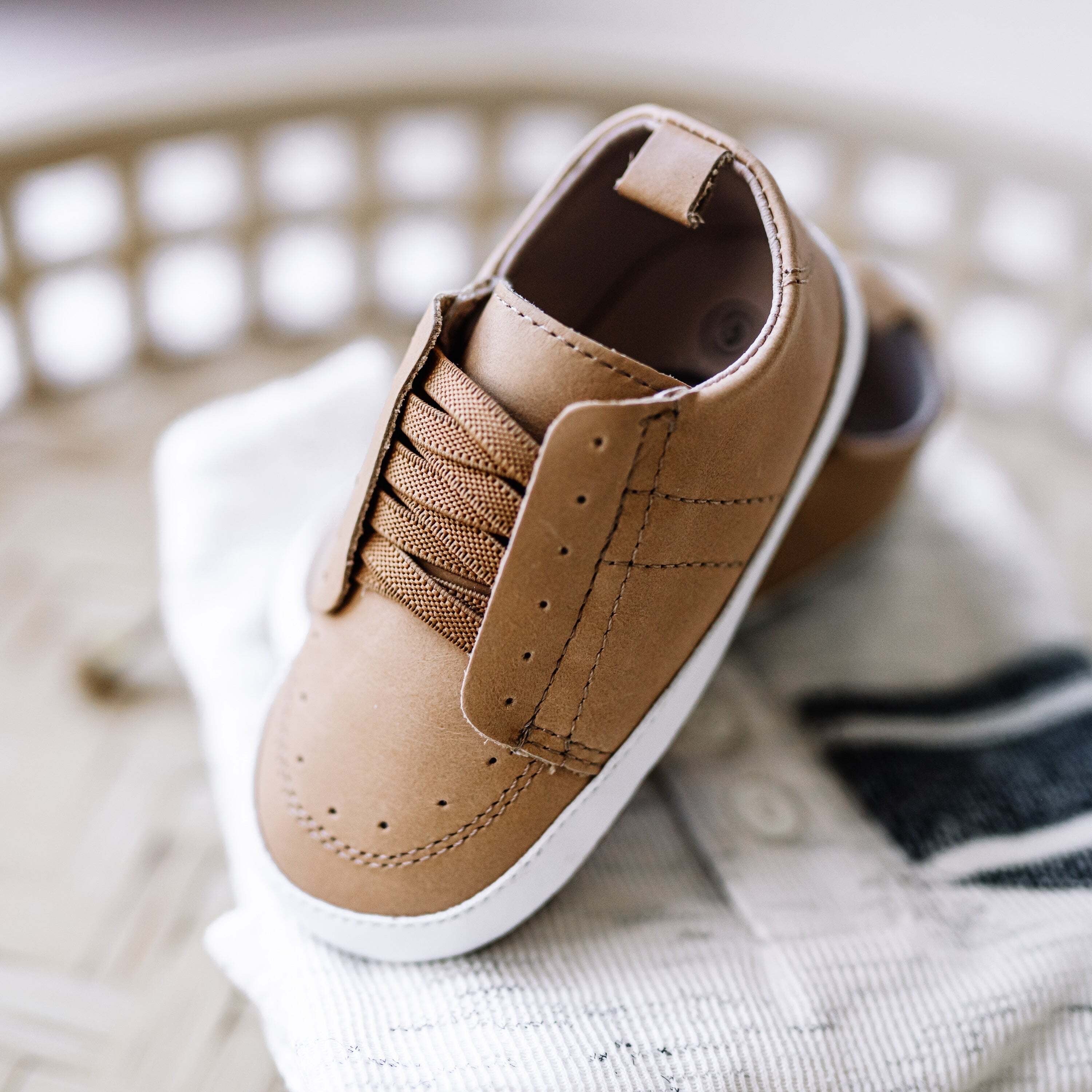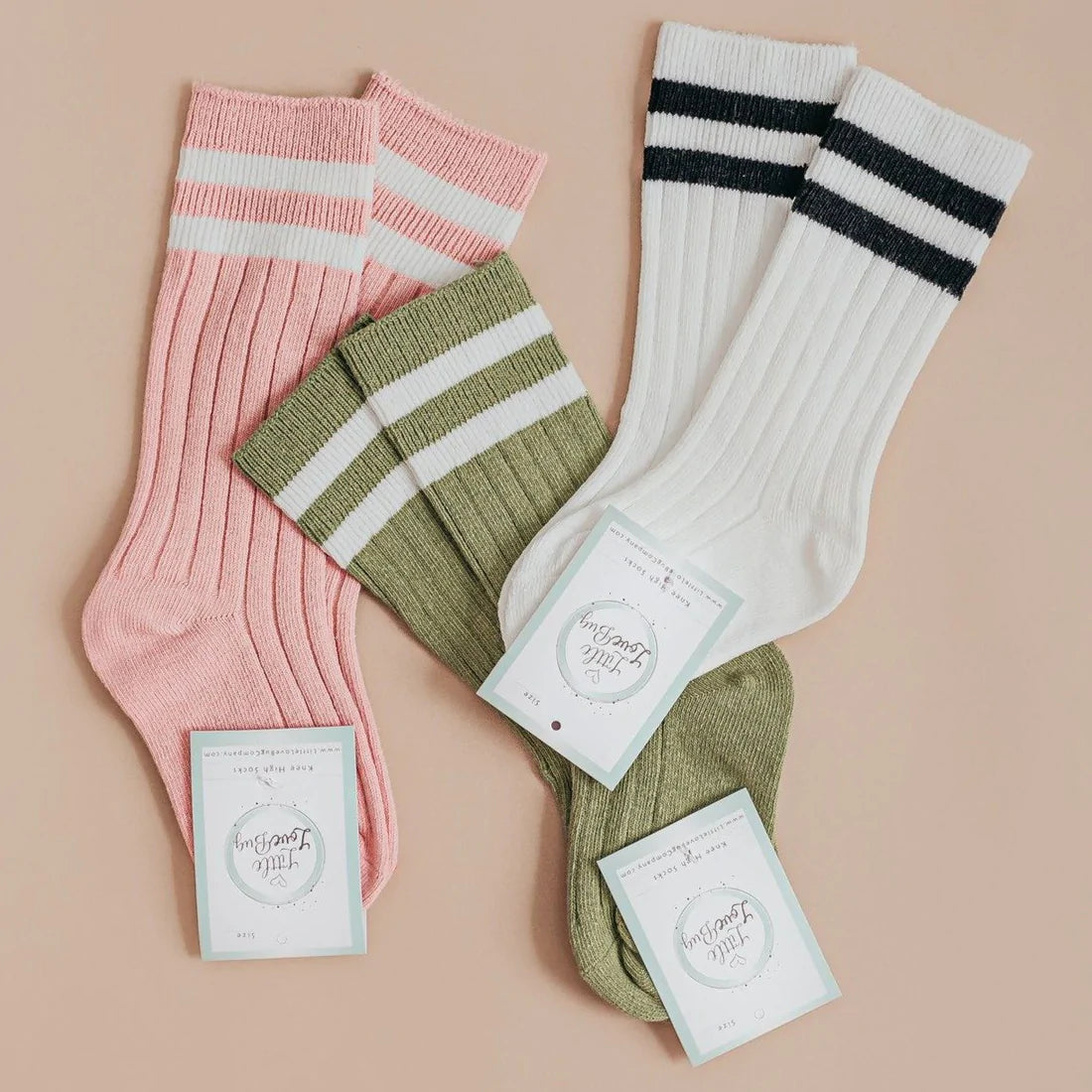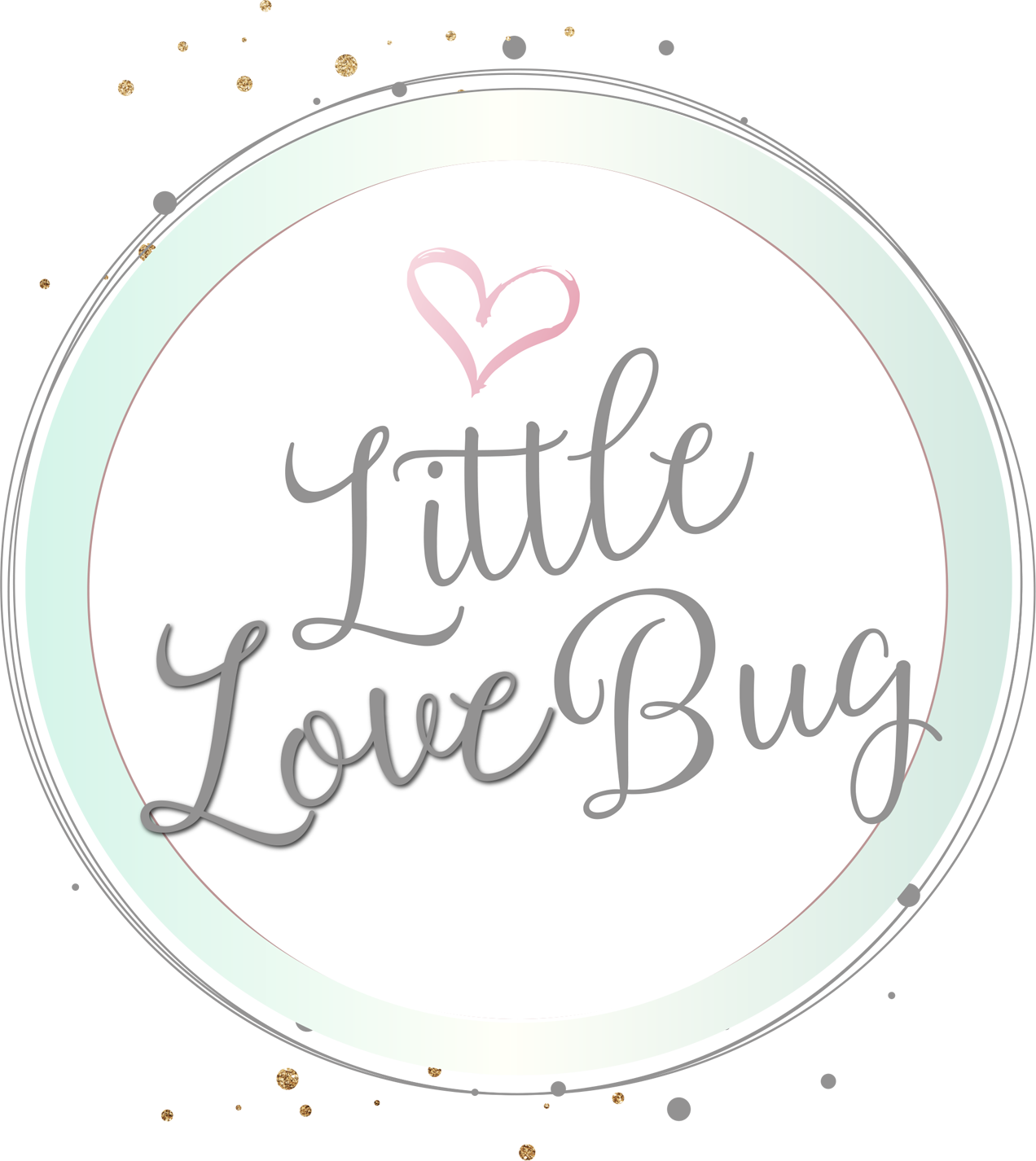
A baby’s foot is a unique thing to nurture, and very different from an adult foot. Caring for a baby’s feet through all stages of growth is imperative to aid the development of gross motor skills and balance as children progress from supported standing to walking on their own. At Little Love Bug Company shoes are made with all these different stages in mind. Here’s what you need to know to keep your baby’s feet healthy and comfortable as they grow.
A baby’s foot goes through several stages of development. From birth to six months, the foot is just starting to mature, and babies have not begun to support themselves on their feet. The next stage begins between 8-10 months when most babies will start attempting to stand with support. The cartilage has started to harden and can now support weight, and the baby will be working on balance, movement while standing, and the emotional strength it takes to fall and get back up. While the foot is more stable and developed at this point, it is still soft and requires a flexible-soled shoe. Between 9-17 months is when the moving really starts happening, and the foot gains stability as the muscles strengthen and the bones fuse. It is now that the feet develop into essentially the same form and structure they will have throughout childhood and into adulthood.
All baby’s feet will grow at varying rates, but the average baby foot can grow up to four shoe sizes in their first 12 months. While it’s essential to have plenty of barefoot time to ensure proper development of the tendons, ligaments, muscles, and bones in the foot, the right shoes are also crucial through all stages of growth.
Here are some other interesting and important facts to know about your baby’s feet and their development:
• Bones are not formed in a baby’s foot during the first few months. Eventually, the baby’s foot will develop the 26 bones—nearly a quarter of the bones in the human body—that we have in our feet as adults.
• Along with 26 bones, the human foot has 33 joints and more than 100 muscles, tendons, and ligaments that complete the structure. It’s pretty amazing to consider the majority of these will develop in the first few years of life.
• Babies are born with flat feet—it takes time for the arches to develop, and their bones and joints will be very flexible while the interior of the foot develops and the arch forms, stabilizes, and strengthens.
• A baby’s first steps won’t happen until the foot muscles are ready, which is different for everyone. This is why parents can have a ballpark estimate based on across-the-board averages, but it’s impossible to say exactly when their baby will start walking. Every time a baby stands with support, the muscles, coordination, and micro-adjustments are being developed that enable the baby to shift weight from one foot to the other, eventually leading to the first steps.
• Babies have a padding of fat on the inner border of their foot that hides any arch. This means that arch support for children is unlike adults, and buying shoes from a company that understands the importance of the various stages of development, and constructs specialized footwear for infants and toddlers.

Putting That Knowledge to Use
Since a baby’s foot is made from soft cartilage rather than fully formed bones, they are prone to damage and abnormalities from the wrong type of shoes. This includes footwear that isn’t built well or puts the wrong kind of pressure on the foot. Incorrect shoes can hinder growth and healthy development, and create compounding issues as motor skills develop. Now that we know a little more about baby’s feet, here’s how to choose the best shoes for their next stage of growth.
• You’ll likely need to replace footwear every few months. Since your baby’s feet progress through the developmental stages at such a rapid pace, it’s not unusual to have to replace footwear (socks and shoes) every few months to keep up with the growth and ensure a proper fit as the bones, tendons, joints, and muscles continue to form.
• Avoid arch support. You want the baby’s foot protected from the ground, but the sole should be thin and flexible enough to allow the muscles to strengthen.
• Don’t fit socks and shoes too tight. Between 9 and 18 months is a crucial time for the development of bones in a baby’s foot, and you’ll want to avoid footwear that can be constricting.
• Choose a flexible, breathable fabric. Fabric that allows airflow and conforms to the shape of a baby’s foot will protect the foot from harm while not creating any constriction that could hinder proper growth. The feet of babies and young children will perspire, meaning you need to maintain a comfortable microclimate to avoid chafing and overheating in the shoes.
• Keep your baby in soft-soled shoes for the first two years. Yes, even when they are walking entirely on their own. The flexibility of the shoe encourages natural movement, range of motion, and flexibility, along with the continued development of tendons and ligaments.
Little Love Bug Company features no-slip moccasins for each stage of your child’s development. You will find that the soft-soled shoes are easy to get on and off, protect your child’s feet, and give them plenty of flexibility for bone and muscle development. A wide variety of styles gives you plenty of fashionable options while ensuring your little one’s feet develop naturally.
Written by Matcha for Little Love Bug.




Comments
Great information, thank you!
I agree buying your baby shoes are so important. Never use a hand me down as each babies food grows differently. You never want to mold your child’s foot in a used shoes. Always natural breath thru fibers. Little love bugs a favorite